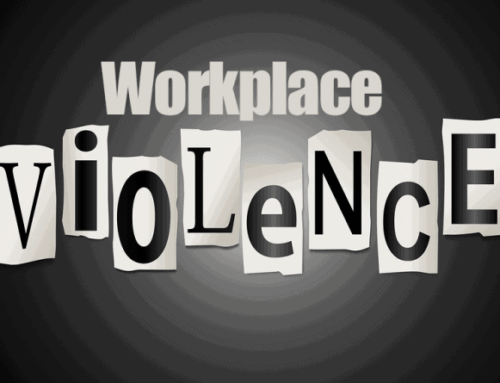$2 Million to go to British Columbia Hospitals to Help Reduce Workplace Violence
The Ministry of Health and the British Columbia Nurses’ Union are working together to provide $2 million to reduce workplace violence. The $2 million will go towards improving anti-violence measures and policies for four healthcare facilities in British Columbia. The facilities affected are in Kamloops, Victoria, Abbotsford, and Coquitlam. Some of the measures taken to prevent violence at these hospitals include violence prevention training, additional security cameras, low stimulation and seclusion rooms for patients who are agitated or deemed to be at risk, and additional security.
The recent push to reduce violence in the industry has been spurred by recent incidents of violence against healthcare workers in the area. Last December, a physician at a British Columbia hospital was ambushed by a psychiatric patient in an isolated room. The patient beat the victim severely, and left him for dead. The physician was discovered unconscious by fellow hospital staff, was treated, and has since recovered. Another psychiatric hospital in the area was recently fined for not meeting industry standards of violence prevention. It was found that the hospital did not comply with some aspects of legislation aimed at preventing violence, and did not exercise the due diligence to prevent several incidents that occurred. The recent push to reduce workplace violence has been met with great approval from nurses and other healthcare workers.
Violent attacks against nurses and other workers in the healthcare industry have gone under reported. Some studies show that as many as 80 percent of attacks against healthcare workers are never reported.
Health Care Workers Face Higher Risk of Violence
The spate of violence against health care workers isn’t limited to British Columbia. Healthcare workers across the globe are at risk for increased violence compared to other professions. The World Health Organization estimates that between 8 and 38 percent of healthcare workers experience physical violence at some point in their careers. An even greater number experience threats of violence and verbal harassment while on the job. Part of this is due to the fact that healthcare workers work in close proximity to individuals experiencing a great deal of stress and pain. Individuals working in psychiatric facilities can be at even greater risk, as they often work with individuals who may not be rational and who may have committed violent acts in the past.
Attitudes towards this type of violence have historically exacerbated the issue, as until recently, violence against healthcare workers was accepted as just a normal aspect of the job. This means that typically, violent attacks against nurses and other workers in the healthcare industry have gone under reported. Some studies show that as many as 80 percent of attacks against healthcare workers are never reported. Historically, in some incidences, nurses have been actively discouraged from reporting attacks and have even been assigned blame for not preventing the occurrence.
When violence is accepted, and workers are at risk, it contributes to burnout among workers in the industry and leads to a lower quality of care provided.
Completely Normal?
When the professional culture within the healthcare field accepts violence against workers as normal, it’s hard to motivate people to report attacks and provide data necessary to prevent them. Additionally, a workplace culture that accepts violence is slow to institute educational and prevention programs. When violence is accepted, and workers are at risk, it contributes to burnout among workers in the industry and leads to a lower quality of care provided. However, attitudes are changing, and hospitals and healthcare providers are starting to recognize the risk to their workers, and aggressively pursue education and prevention policies.
There are many measures that healthcare organizations are taking to protect and educate their workers. There is growing recognition that violence against individuals who work in the healthcare field is unacceptable. Terry Lake, the Health Minister of British Columbia, has made statements against the current attitudes. He speaks out against treating this type of violence as an inevitability and has been vocal in pushing for action to decrease violence. The World Health Organization echoes this sentiment, and has issued their own guidelines for preventing violence in healthcare environments. It contains guidelines and procedures organizations can adapt to their own needs.
Education and Training
Education and training can go a long way in preventing violence. When nurses and other workers are trained in reading patient body language for agitation, they are more likely to be able to recognize a dangerous situation before it occurs. Additionally, workers can be trained in diffusing tense situations. For example, they can empathize with patients who are agitated due to pain, or explain the reasons behind policies and procedures that may seem frustrating to laypeople. Anti-violence education also includes reversing cultural beliefs about workplace violence. Managers and supervisors must be trained on the necessity of taking worker claims seriously, and workers must be encouraged to report incidents, and to request assistance when a situation seems unsafe.
The recent anti-violence measures undertaken in British Columbia are expected to be particularly effective, because they were tailored specifically to each hospital’s need. Each hospital was consulted and designed their own plan for reducing violence based on pain points that they identified. The anti-violence measures are expected to be completed entirely by March of 2016, but may take effect as soon as December. The Nurses’ Union and the Ministry of Health have also identified eight additional hospitals that will be receiving funding for similar programs in the future.




